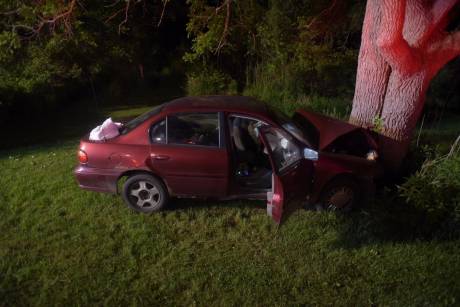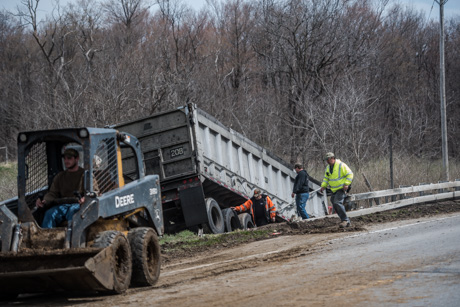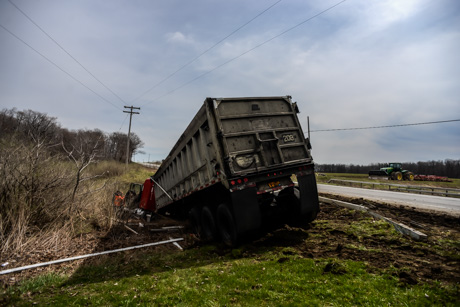Officials struggle to deal with inmate issues at jail while trying to maintain cost controls
The issues of an aging jail population, women involved more often in habitual criminal activity, and a greater availability and use of illicit drugs continue to vex local officials struggling to maintain cost controls on the Genesee County Jail.
Sheriff William Sheron and Jail Superintendent William Zipfel briefed members of the Genesee County Legislature at yesterday's Public Service Committee meeting on the issues that make jail operations difficult.
The expense of female inmate transport has been an ongoing issue for the past several years and the number of female inmates has held steady recently. Some of the transports have taken deputies further away from the county because of inmates with more serious issues.
Sheron said inmates have had to be placed in jails as far away as Wayne and Steuben counties.
"These are individuals for whom we’ve exhausted every alternative to incarceration," Sheron said. "They’ve been through the cycle. They’ve been before the judge many times and, basically, there is no place to put them but in jail."
Zipfel first raised the issues of older inmates and more drug problems during budget discussions in October. The problem may not have grown since then, but it's not going away.
To illustrate the kind of tougher inmate population correctional officers are dealing with these days, Zipfel told legislators about an inmate brought into the jail Friday night. He had been combative with the arresting officers but calmed down after being admitted into the jail. He was allowed to mingle with the general population, but later in the evening, he started to cause problems. He was locked in an isolation cell.
Over the course of the night, Zipfel said, the inmate slept maybe 15 minutes.
"He kicked the isolation cell door so hard and so often throughout the night that he took it off its tracks," Zipfel said. "I had never seen that in 30 years."
He had been tested for drugs and the results were negative, but a second sample was tested for PCP, Zipfel said, and that was negative.
It was only because a county mental health worker and a judge were available on a weekend that jail officials were able to transfer him to a mental health ward at another facility.
"It’s because of those relationships that are very unique to this county, that you don’t see anyplace else, that we were able to make that happen," Zipfel said. "If we hadn’t been able to make that happen, that would have cost us more over time."
The rise in opiate use is also having an impact on the jail. More and more inmates are coming in who, if not on opiates at the time, they are addicts, and if any newly incarcerated inmate is high on an opiate, then that creates another burden on correctional officer time.
"The commission has come down and said that now if somebody is under the influence of opiates, they’ve got to go on constant watch until medically cleared, which could take some time," Sheron said. "That’s a new directive that has come up in the last six months."
The subtext of all these issues is that the Sheriff is operating an old jail not designed to house female inmates, or deal with the growing medical, mental health and substance abuse problems present in the current jail population.
A new facility would help increase command and control, officer safety, as well as better meet the medical and mental health needs of inmates, Sheron said.
“Those are the kind of issues that the corrections commission is very forthright (in telling us) that we need to address,” Sheron said.
































